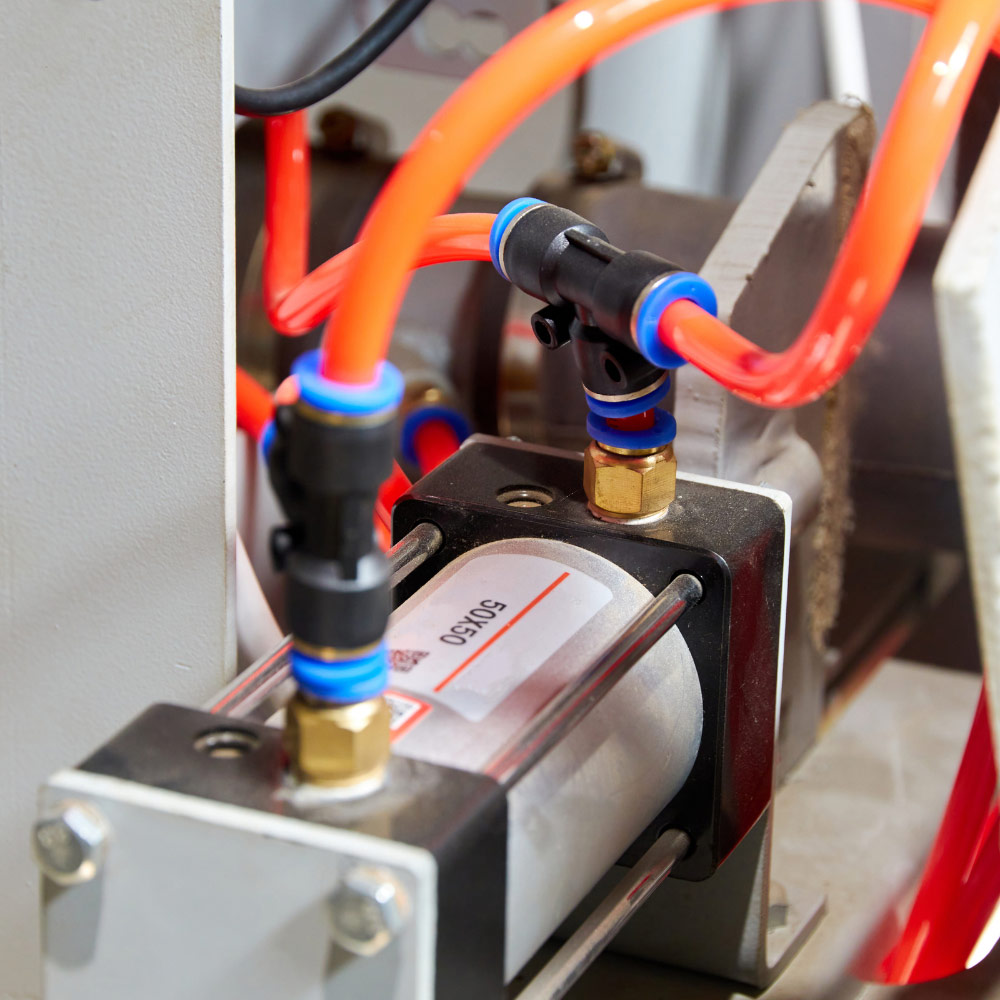Which Timing Range Matches Your Application?

When selecting pneumatic timers for your pneumatic controls, one common challenge you might face is pinpointing the precise timing range that aligns perfectly with your operational needs. You may already know that a mismatch between your pneumatic timers' capabilities and actual system requirements can lead to unnecessary downtime, wasted resources, or even equipment malfunctions. Identifying the right timing range for your pneumatic controls is crucial because a slight deviation can dramatically affect how smoothly your machinery performs day-to-day.
Ensuring your pneumatic timers match your specific needs directly affects your pneumatic controls' reliability and operational efficiency. Selecting a timer series based solely on broad timing ranges is risky and can easily lead to inefficiencies or operational inaccuracies. To avoid these common pitfalls, match your timing requirements directly with the available series options, such as the PMT or PT series, each designed with specific operational scenarios in mind.
What Short Timing Needs Does the PMT Series Best Address?
Suppose your pneumatic controls rely on shorter, precise intervals, such as controlling brief air pulses in pneumatic conveyors or short-cycle industrial presses. In that case, the PMT series pneumatic timers offer ideal timing ranges to match your exact operational windows. Timing that's too long for your specific operation wastes valuable cycle time, slowing production unnecessarily. Conversely, timing intervals that are too short risk incomplete cycles or mechanical errors, potentially causing equipment damage or quality control issues.
Specifically designed for these shorter cycles, PMT pneumatic timers offer timing windows that top out at just 3 minutes. They include a clearly defined set of ranges, which are as follows:
- 0.3–3 sec.
- 1–10 sec.
- 3–30 sec.
- 6–60 sec.
- 12–120 sec.
- 18–180 sec.
These precise options enable exact timing control, making them ideal for quick, repetitive cycles common in packaging systems, small-part assembly machines, or precise pneumatic sequencing equipment.
By matching your operational needs to these shorter-duration ranges, your pneumatic controls can reliably perform consistent, accurate cycles without unnecessary timing excesses or inadequacies.
When Are PT Series Timers Essential for Longer Timing Operations?
If your pneumatic control processes involve longer intervals, such as automated mixing cycles, extended drying operations, or sequential processes requiring delays of several minutes, using pneumatic timers with insufficient duration capacities creates significant workflow disruptions. Selecting pneumatic timers without sufficient timing scope can result in frequent resetting, unnecessary maintenance interruptions, and increased risk of timing errors. Acknowledging this concern upfront ensures you don't choose a timer series that is poorly suited to sustained operations.
The PT series pneumatic timers effectively solve these challenges by delivering extended timing durations, designed explicitly for pneumatic control scenarios demanding intervals up to a full hour. The broad yet specifically segmented timing intervals available include:
- 0.1–1 sec.
- 0.5–5 sec.
- 1.5–15 sec.
- 5–50 sec.
- 20–200 sec.
- 1–300 sec.
- 1–10 min.
- 3–30 min.
- 6–60 min.
With these comprehensive, clearly delineated timing windows, PT pneumatic timers are optimal for pneumatic controls performing complex sequences or those requiring controlled longer-duration phases, such as industrial ovens, chemical batch processors, or extended-cycle testing apparatus.
Choosing the PT series precisely aligns your pneumatic timers' capability with your actual pneumatic control equipment requirements, significantly reducing downtime, errors, or wasted effort from overly frequent timer adjustments or resets.
Verify Your Operational Needs Before Finalizing Your Timer Choice
Before selecting either PMT or PT series pneumatic timers for your pneumatic controls, always clearly evaluate your exact operational timing needs. Precisely defining your shortest and longest timing intervals ensures you choose a timer tailored to your equipment. Avoid the common error of selecting broader timing ranges "just to be safe," as this can lead to equipment inefficiencies or underutilized timing capabilities. Consider these critical evaluation points:
- Confirm actual timing intervals based on existing operational logs or data.
- Clearly define minimal and maximal durations essential to your equipment's optimal performance.
- Select the timer range that directly aligns with your verified timing needs, without over-specifying unnecessarily broad intervals.
Taking the time for careful pre-selection verification ultimately ensures reliable pneumatic timer performance, operational efficiency, and fewer maintenance or operational disruptions down the line.
Match Pneumatic Timer Capabilities Precisely to Operational Requirements
Accurate pneumatic timer selection isn't just an operational detail; it directly impacts your pneumatic controls' reliability and overall production efficiency. Choosing pneumatic timers whose ranges precisely match your application's timing requirements avoids costly production interruptions and unnecessary downtime. For shorter, frequent cycles under three minutes, rely on the specifically segmented ranges of the PMT series pneumatic timers. For extended operations requiring timing intervals up to an hour, the PT series offers comprehensive and precise timing intervals.
To ensure accurate and efficient machinery performance, carefully define your precise operational timing needs before committing to a pneumatic timer choice. By selecting your pneumatic timer series explicitly based on these clearly identified intervals, your pneumatic controls gain consistency, accuracy, and long-term dependability.
Related Reading


- Ellis/Kuhnke Controls
132 Lewis Street Unit A-2, Eatontown, N.J. 07724
Phone: 1-800-221-0714
Fax: 732-291-8154
Email: Info@ekci.com
- Home Pneumatic Controls Technical Info CAD Drawings Contact Us Pneumatic Timers Blog Site Map
